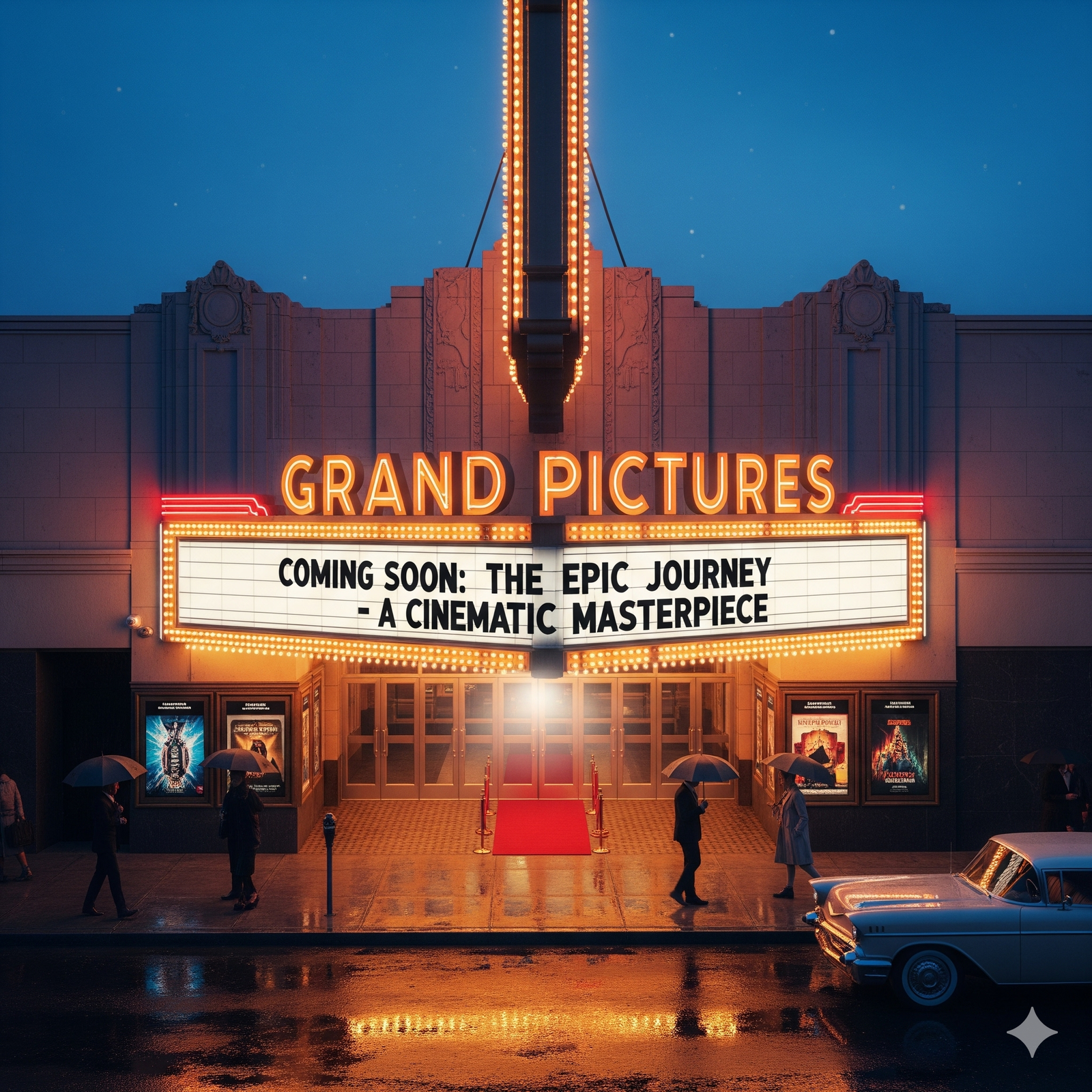How Businesses and Marketers Can Leverage the Power of Media Transformation

Electronic media has been the heartbeat of communication for over a century. From the crackling sound of early radios to the vibrant, interactive digital platforms we use today, the journey of media evolution tells a story of innovation, adaptability, and boundless opportunities for businesses.
But here’s the real question: How can marketers harness the power of this evolution to drive growth, create emotional connections, and stay ahead in a digital-first world?
In this long-form guide, we’ll explore the history, transformation, and future of electronic media while uncovering strategic insights for businesses that want to maximize their ROI in today’s fast-changing landscape.
A Brief Journey: From Radios to Reels
Picture this: It’s the 1920s. Families gather around the radio, tuning in to hear the latest news or music shows. It’s more than just entertainment—it’s a shared experience that builds trust, awareness, and loyalty.
Fast forward to today: We scroll through Instagram reels, binge-watch OTT series, or join live podcasts, consuming content across multiple devices in seconds. The essence is the same—connection, engagement, storytelling—but the medium has evolved.
This evolution is not just fascinating; it’s strategically important for brands. Each stage—radio, television, cable, internet, social media, and now AI-powered platforms—has unlocked new opportunities for marketers to connect with audiences in meaningful ways.
Why Electronic Media Still Matters for Businesses
Despite the boom of AI-driven tools, electronic media remains the backbone of brand communication. Here’s why:
- Massive Reach: Television and radio still capture millions of eyeballs and ears.
- Trust Factor: Traditional electronic media enjoys higher credibility in many regions.
- Digital Integration: Platforms like YouTube, OTT, and podcasts combine the best of electronic and digital worlds.
- ROI Potential: Blended campaigns across TV + digital often outperform siloed strategies.
For businesses, the smart move is not choosing one over the other but creating integrated strategies that ride the wave of evolution.
Key Phases in the Evolution of Electronic Media

1. The Radio Era: The Sound of Connection
- First true form of mass electronic communication.
- Brands leveraged jingles, sponsorships, and storytelling to build recall.
- ROI: Affordable, scalable, and community-driven.
2. The Television Revolution: Visual Storytelling Takes Over
- Brought images into living rooms, making ads more emotional and persuasive.
- Family-centered TV shows became the perfect ad slots for consumer brands.
- ROI: High influence on purchase decisions, especially FMCG.
3. Cable & Satellite: The Age of Segmentation
- Niche channels allowed targeted advertising.
- Businesses could now reach specific demographics (kids, sports lovers, homemakers).
4. The Digital Shift: Internet and Social Media Boom
- YouTube, Facebook, Instagram: media consumption became on-demand.
- Brands shifted to content-driven, engagement-focused campaigns.
5. The AI & Data Era: Personalized Media Experiences
- Platforms like ChatGPT, Gemini, and TikTok use algorithms to customize feeds.
- Businesses now leverage programmatic ads, predictive analytics, and personalized storytelling to maximize ROI.
Real-World ROI: How Businesses Benefit
- Local Businesses: A restaurant running a TV + Instagram combo ad saw 40% higher footfall.
- E-commerce Brands: Digital-first brands running YouTube pre-roll ads experienced a 60% increase in conversions.
- Corporate Giants: Multinationals blending traditional TV campaigns with digital remarketing saw reduced CPA (Cost per Acquisition).
The message is clear: Evolution of media = Evolution of ROI strategies.
Strategic Value for Businesses
- Brand Visibility Across Channels: Be present where your audience is—TV, OTT, reels, or podcasts.
- Personalization at Scale: Use AI-powered targeting to deliver customized experiences.
- Cost-Effective Storytelling: Combine traditional credibility with digital precision.
- Long-Term Growth: A balanced media mix sustains trust while tapping into new-age engagement.
How Marketers Can Leverage This Evolution
- Adopt Omnichannel Strategies – Integrate TV, OTT, social media, and programmatic ads.
- Invest in Storytelling – Audiences still crave stories, whether through 30-second reels or long podcasts.
- Leverage Local SEO with Media – Add regional touchpoints (local radio, regional OTT platforms).
- Experiment with AI Trends – Predictive media planning, automated ad placements, and chat-based content.
- Focus on ROI Metrics – Engagement, conversions, and retention matter more than vanity metrics.
The Fun Side: Storytelling in Media
Let’s be honest—no one remembers boring ads. The secret of electronic media’s success lies in fun, engaging storytelling.
- Remember the old “Nokia ringtone” era? Simple but iconic.
- Fast forward: Today’s quirky Instagram ads with memes and reels achieve the same recall power.
Businesses that mix creativity with strategy win the media game.
FAQs on The Evolution of Electronic Media
1. What is electronic media in marketing?
Electronic media includes radio, television, OTT, digital video, and podcasts used by businesses to reach audiences.
2. Why is electronic media important for businesses?
It provides massive reach, credibility, and integration with digital platforms for better ROI.
3. How has electronic media evolved?
From radios to television, cable, digital, and now AI-driven platforms offering personalized media experiences.
4. Which industries benefit most from electronic media?
FMCG, retail, e-commerce, hospitality, healthcare, and education sectors.
5. How can small businesses leverage electronic media?
By combining local TV/radio ads with affordable digital campaigns like YouTube or Instagram ads.
6. What role does AI play in media evolution?
AI powers personalization, predictive targeting, and automated media planning.
7. Is traditional electronic media still relevant?
Yes—TV and radio still hold strong credibility and reach, especially in regional markets.
8. What’s the future of electronic media?
A hybrid model of traditional + AI-powered platforms that offer personalized, interactive experiences.
Conclusion: The Future Is Hybrid
Electronic media has come a long way—from nostalgic radios to AI-powered digital platforms. For businesses, the opportunity lies in embracing the hybrid future—where traditional credibility meets digital innovation.
👉 If your brand wants to stay relevant, start blending old and new media strategies today.





